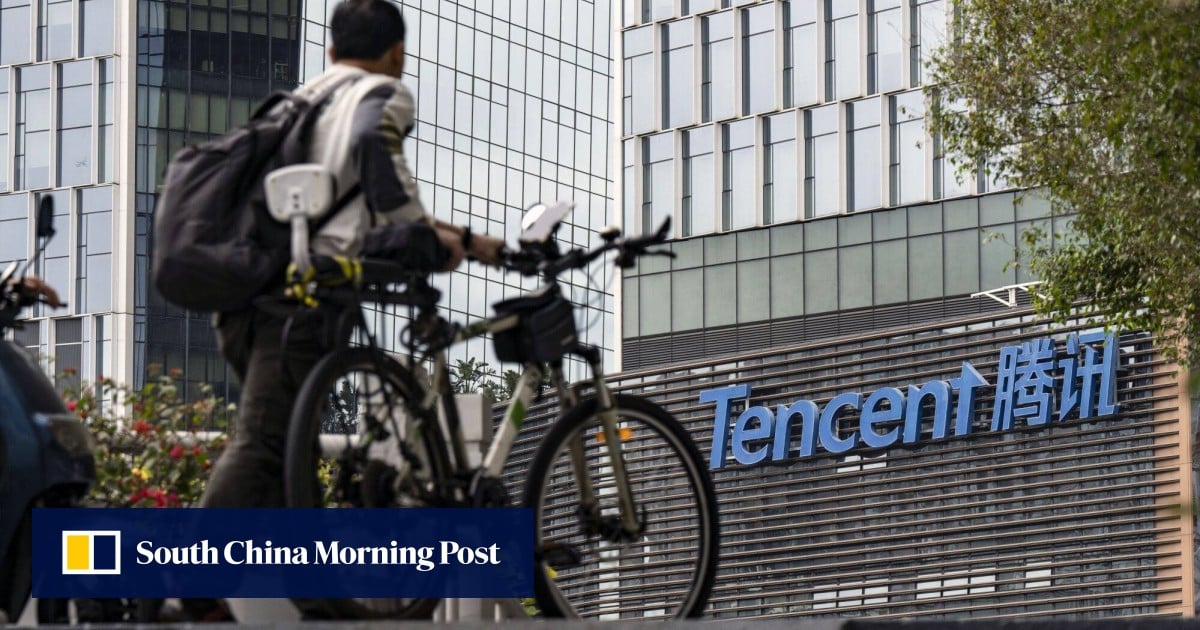SHOPLINE merchants specialising in pet products grew 27.9%.
SHOPLINE’s Hong Kong merchants successfully reached 3.02 million customers in 2023, with an average transaction amount of $583 per order, up 7.2% YoY and 2.28 items per transaction.
SHOPLINE identified four key business models that show strong growth potential, including the pet economy, which saw rapid growth in recent months and will likely reach $2.7t (US$350b) by 2027.
Over the past year, SHOPLINE merchants specialising in pet products grew 27.9%, with an increase in transaction volume of 37.3%.
In addition, the most popular e-commerce sectors were fashion and accessories, lifestyle and home goods, beauty and skincare, electronic products, outdoor sports, and food and beverage.
For offline pop-up stores, OMO omni-channel sales were robust, with 30.5% of SHOPLINE merchants utilising it and contributing 68.5% of the total annual GMV for all SHOPLINE Hong Kong merchants.
The OMO strategy, which merges online and offline operations, enabled a 31.4% YoY growth in the offline GMV of OMO merchants. This strategy enhances brand scalability and sales potential while offering customers an integrated shopping experience.
SHOPLINE also revealed that mobile commerce contributed to 61.4% of all orders, and merchants with their mobile apps experienced order volumes and GMV that were 13.1 and 14 times higher, respectively, than those without an app.
Moreover, WhatsApp is the top messaging app for Hong Kong transactions, with merchants using the “WhatsApp Business API” reporting average order volumes and GMV 2.6 and 1.4 times higher, respectively, than those not using it.
Lastly, using SHOPLINE Live for live commerce and live stream marketing has increased order volume by nine times compared to those not using it, leading to a 28.9% increase in order volume and a 38.5% rise in sales revenue YoY for these merchants.
To increase sales, merchants should note peak sales times. Last year, it was between 4 PM and 6 PM, as well as at 11 PM.
The 2024 outlook indicates that the ever-changing retail market requires merchants to adjust strategies in response to major trends and dynamic demands, which include personalised online shopping experience, the use of AI, and waste reduction and sustainability.





